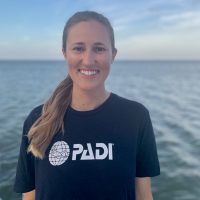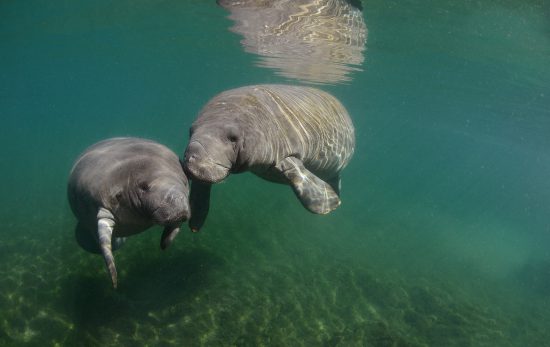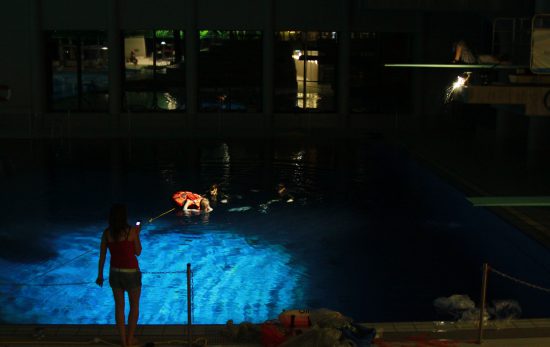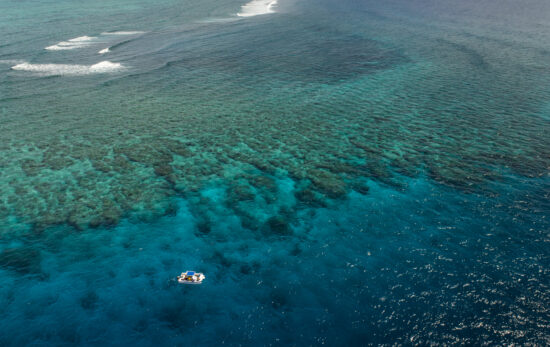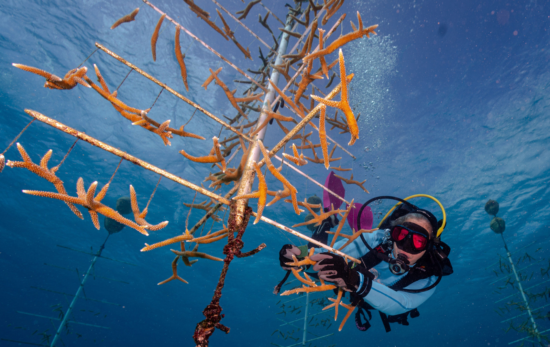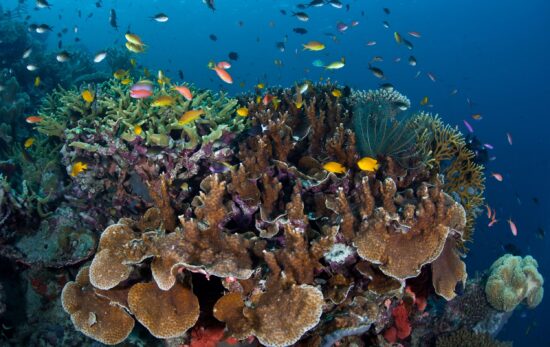Olowalu Reef has long been considered Maui’s ‘crown jewel’ and one of the Hawaiian Island’s greatest treasures. Located on the west side of the island of Maui, this one thousand acre coral reef is home to an incredible diversity of marine life including large populations of manta rays, sea turtles, reef sharks, and a myriad of tropical fish species. Divers that slip beneath the surface here find themselves suddenly amidst an underwater color palate of corals, including the oldest coral formation in all of Hawaii. Olowalu Reef is also vitally important to the surrounding underwater ecosystems of Maui, Molokai and Lanai, serving as a nursery to replenish and populate nearby reefs.
In 2017, Dr. Sylvia Earle and her team at Mission Blue declared Olowalu Reef as an official Mission Blue Hope Spot – making it the first ever Hawaiian Hope Spot. Hope Spots are unique areas of the ocean that are critical to the health of this big blue planet we all call home. Recognizing these Hope Spots allows Mission Blue and it’s network of partners to empower and support communities around the globe – like the community surrounding Olowalu Reef – in their efforts to protect and conserve the ocean.
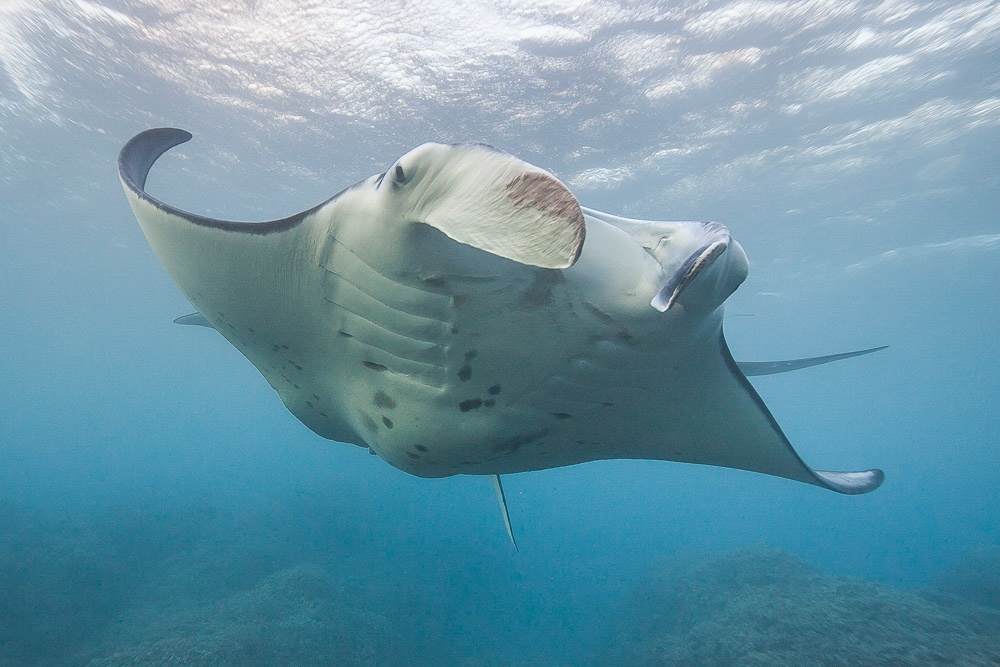
Along with a passionate Olowalu community, Dr. Mark Deakos, Executive Director and Chief Scientist of the Hawaii Association for Marine Education and Research, initiated Olowalu Reef’s nomination as a Mission Blue Hope Spot. His responses to the questions below demonstrate not only his commitment to ocean protection but also share the profound story of the Olowalu Reef Hope Spot.
Q: What inspired you to bring together a community in support of Olowalu Reef and initiate it’s nomination as a Mission Blue Hope Spot?
A: I did my PhD work on the Olowalu Reef studying manta rays. The population is one of the largest known in the United States with over 400 individuals identified, and separate from the 220 identified on the neighboring Big Island. The 1,000 acre coral reef is also one of the largest and healthiest reefs remaining in the state. Having worked with Community Marine Managed Areas (CMMA) around Maui County and seen their growing popularity and success, starting one at Olowalu seemed like the next logical step.
Q: What are the top three major threats presently facing Olowalu Reef and the organisms that call it home?
A: Sedimentation from storm water runoff, poor water quality and shoreline armoring are likely the three greatest threats to the coral reef that we have the most control over, but of course warming waters from climate change will likely continue to have the most devastating impacts to the corals.
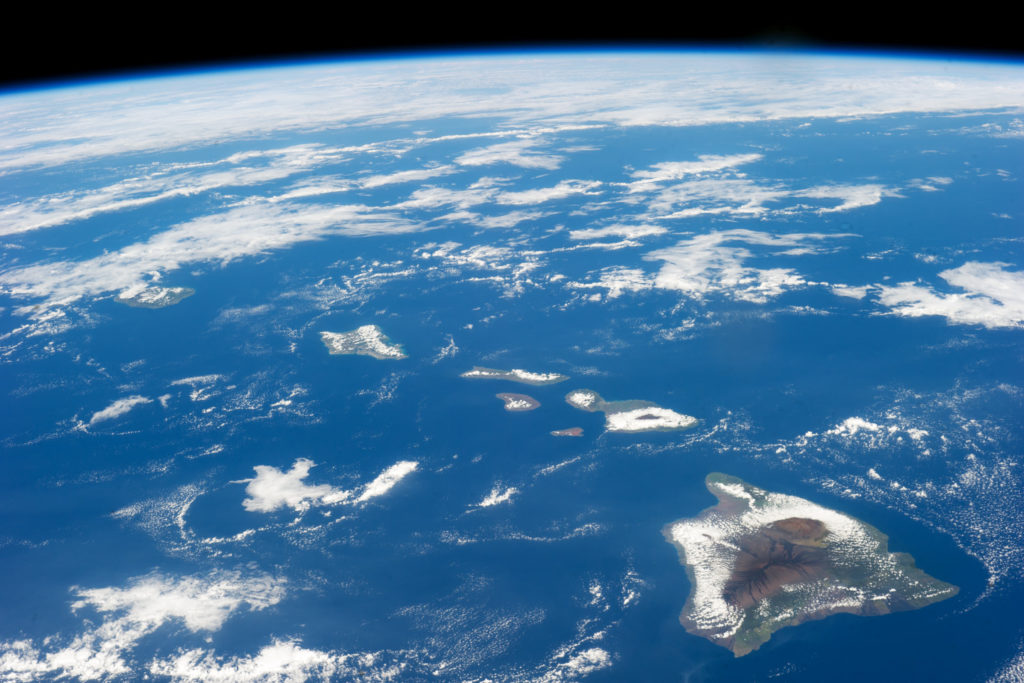
Q: What are the primary solutions you believe will help combat these threats to restore the health of Olowalu Reef?
A: A group of stakeholders are in discussion about developing a fire mitigation plan to prevent power line fires that expose hundreds of thousands of acres of loose soil every couple of years that get washed down the mountain and suffocate the corals. The community has taken steps to improve water quality monitoring, which has been expanding exponentially with more sites being monitored more often and results being shared with land owners to improve land management. Grass roots movements have exploded with the community coming together to demand no more shoreline armoring and to start preparing for managed retreat. This has led to the abandonment of at least two shoreline armoring projects to preserve the natural shoreline and retreat instead.
Q: In what way do you think Hawaii’s long-standing cultural connection to the ocean, both physically and emotionally, will help create and implement a vision for Olowalu where people and nature can live and thrive in harmony?
A: The connection of Hawaiians to a place is a necessity for life to survive. Life refers to all living beings. The land does not need man; man needs the land. We need to relearn how to honor our aina (land and ocean) via pono (rightness/balanced) practices. “He alii kanaka he kauwa ke kanaka” meaning “The land is chief and man is its servant”. Connectivity comes in several forms that need to be attained in order for us to live harmoniously with nature, today, tomorrow, and in the future. The vision is to connect the global community, not just the Olowalu community, to our aina, to restore balance. This is nothing new. What is a vision? Is it a plan? Is it a wish? The vision can be summed up in an olelo noeau (Hawaiian proverb); “I ka wa mamua, ka wa mahope” meaning “The future can be found in the wisdom of the past”.
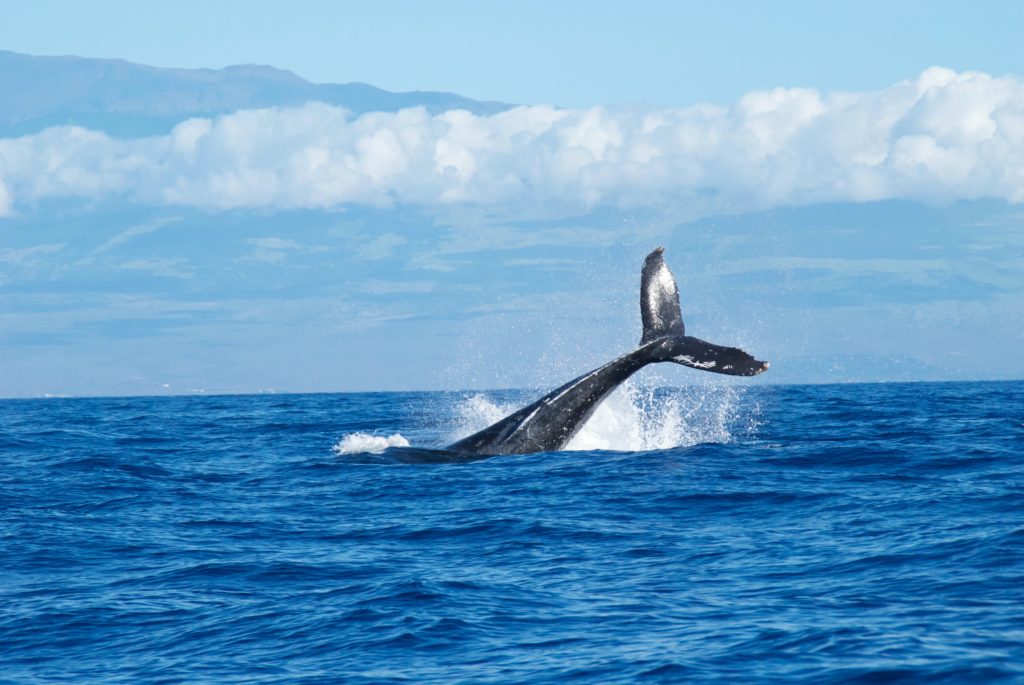
Q: To you personally, why is it important that we protect and conserve marine ecosystems and species?
A: We are an integral part of the ecosystem, not separate from it, so we depend on the health of all ecosystems, including the biodiversity of our marine ecosystems, for our own health and survival. As a bonus, those who reconnect with our marine ecosystems find an incredible boost in their well-being.
Q: How does having Olowalu Reef as part of Mission Blue’s global network of Hope Spots affect your outlook on the future of Olowalu Reef?
A: Divided, we will never change the trajectory this planet is going on. Together, as a global community, we have a fighting chance. Being part of the Mission Blue global network is giving our community hope.
Dr. Mark Deakos and the Olowalu community are clearly setting an amazing example of what a group of passionate ocean-loving people can create. Let them inspire our community of PADI scuba divers to ignite positive change for the ocean in our own communities as well as globally. To learn more about Mission Blue Hope Spots and how to even nominate a Hope Spot of your own visit the Hope Spot page on Mission Blue’s website. To learn more about how PADI and Mission Blue have joined together to protect the world ocean and spark support for Hope Spots click here.
